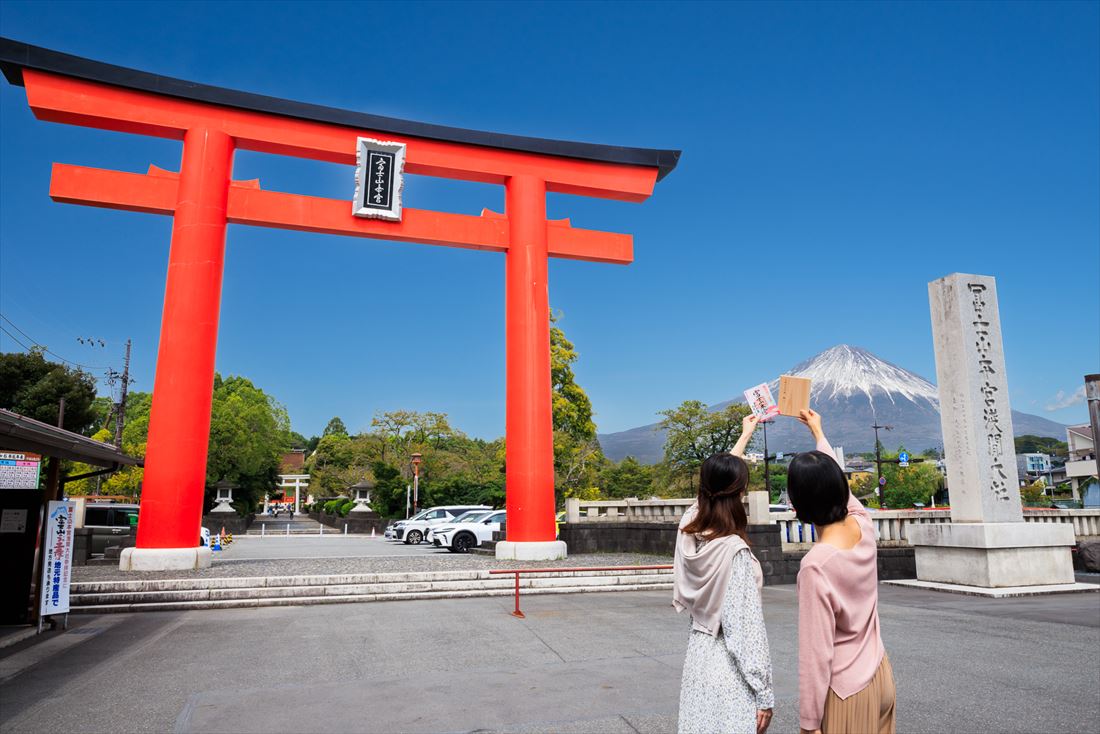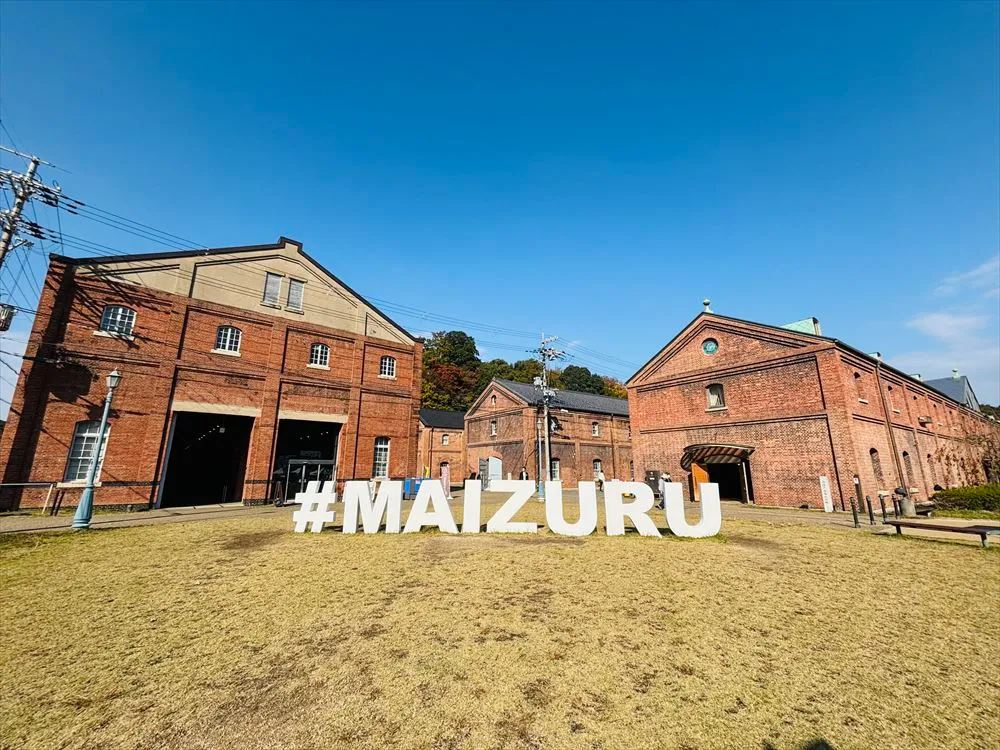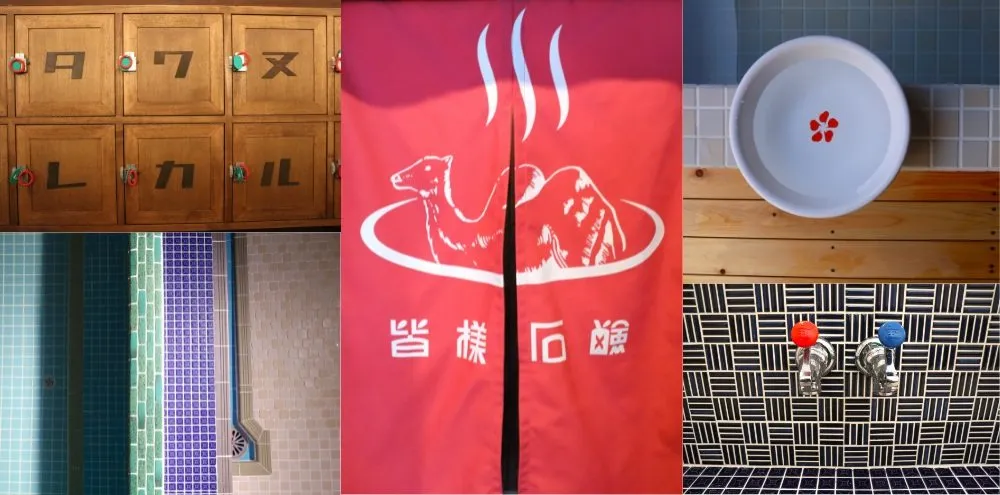IZU
IZU

History, nature, hot springs, seafood and even mountain vegetables and boar meat – Izu has it all. In winter, snow visits from time to time in the hilly inland areas around Mount Amagi while the warmer coastal areas and southern Izu are warm throughout the year with spring flowers often arriving earlier than in other areas.
Izu no Odoriko “The Dancing Girl of Izu”
Have you ever seen the movie titled “The Dancing Girl of Izu”? Filmed several times, and with one version including Momoe Yamaguchi and Tomokazu Miura, the story is based on a tale penned by Japan’s first Nobel Prize winner for literature – novelist Yasunari Kawabata – initially published in 1926. The novel centers on the first love of twenty-year-old “I” (most likely autobiographical in nature therefore implying the author himself), a student of higher school under the old Japanese system of education, and a 14-year-old dancing girl he encounters when traveling to Mount Amagi in Izu. Over the years, the story, the books and the movies have attracted numerous people to Izu and the title remains one of the most famous in Japanese literary circles.
Odoriko-hodo is the road down which “I” and the dancing girl are said to have walked. Starting at Joren-no-taki waterfall on Mount Amagi, it passes through the Amagi-tunnel before reaching Yugano via Kawazu-Nanadaru (Seven Waterfalls) – a distance of 21km. To walk the route takes around 6.5 hours.
Yugashima Onsen
The Amagi mount range run east to west through the center of the Izu Peninsula thereby dividing Izu into northern and southern portions. Yugashima is located at the southernmost point of the northern portion and is home to a number of beautiful cedar forests and deep valleys carved into rock by the winding route of the Kano River. Fields of Japanese horseradish (wasabi) can be seen near river as a result of the clear, clean water and the area around Yugashima has attracted many an author over the decades – indeed, it was the site Kawabata chose to write “The Dancing Girl of Izu” – at the ryokan Yumotokan.
Joren-no-taki waterfall
Joren-no-taki is the largest waterfall on Mount Amagi at a height of 25m. Around the foot of the falls are the ubiquitous fields of wasabi and also a few spots at which people can enjoy fishing. The clarity of the water makes both the production of wasabi and the raising of ‘Iwana’ mountain trout possible.
Old Amagi-tunnel
This 446m tunnel was constructed in 1905 and featured in Kawabata’s book as a spot passed by “I” and “the girl”.
Kawazu Nanadaru (Seven Waterfalls)
Passing through the tunnel, two-hours more takes hikers to Kawazu-Nanadaru where a statue of “the girl” and “I” can be seen. Meaning ‘seven waterfalls’ the area lives up to its name with, from upstream, the Kama, Ebi, Hebi, Syokei, Kani, Deai and Oodaru falls all reducing the flowing height of the river. Oodaru is the largest water wall of the lot and is also the site of the aptly named Oodaru Onsen. Ryokan Amagiso with its 28 advertised forms of spa that includes a bath right in front of the 30m high Oodaru serves up a dynamic view and allows the naked, it is an onsen after all, the opportunity to soak away their cares at leisure. For the shy, swimsuits are an option at the outdoor baths at Amagiso. Nanadaru Onsen – further up the river – an area with its own magnificent view of the falls.
Yugano Onsen and ryokan Fukudaya
Another hour’s walk takes walkers to Yugano Onsen at the end of the “Odoriko-hodo.” A number of old ryokan line the Kawazu River including Fukudaya – a ryokan in which “I” and “the girl” stayed. Photographs of actresses who have played “the girl” including Japanese household names Hibari Misora, Sayuri Yoshinaga and Momoe Yamaguchi as well as autographs of Yasunari Kawabata are displayed in the entrance lobby while a statue of the Odoriko in front of the building offers a permanent welcomes.
Onsen and Sightseeing
Izu is an area that demands mention of its many onsen and the ryokan that house. Together, they provide large numbers of visitors with the opportunity to experience a little bit of that Japanese lifestyle of old.
Atami
Atami is, in effect, the eastern entrance to the Izu Peninsula. As a warm sea port, it has been a popular destination for tourists since the days the Japanese were first putting pen to paper and amongst its most famous visitors can count Edo period names such as Tokugawa Ieyasu, (other) shoguns and daimyo. Writers too have fallen in love with Atami over the centuries and some even retained a villa in Atami – Junichiro Tanizaki included. Along more floral lines now, a visit to Atami-baien is highly recommended for those in the area. With 730 Ume ‘plum’ trees, some blooming as early as early December, the flowers can be seen until March. Nearby the MOA Museum of Art with its famous picture named “Red and White Plum Blossoms” by Edo period artist Ogata Korin is much visited.
Ito
Ito is located on the eastern coast of the Izu Peninsula and is home to 780 sources of water sending forth some 33,000 liters per minute, making it one of the largest natural suppliers in Japan. For the so inclined, Ito Yamatokan in the town center is an oasis of peace, quiet and relaxation in which guests can relax in just a yukata. Each room has its own onsen bath and even the garden exists to serve as several outdoor baths can be enjoyed in the open air.
Tokaikan is a wooden 3-storied building near the Matsu River that runs through the center of town. Established in 1928, it closed its doors to guests in 1997 but reopened in 2001 as a sightseeing spot and home of several pieces of early Showa era (1926-1989) artwork. The baths are open again and many sightseers also opt for the 1km stroll along a path running parallel to the Matsu River with its view of Tokaikan and its contemporaries across the river.
Izu-kogen is actually part of the city but is different in the form of its modern day attractions. Once a quiet resort with villas and rest houses, it has now transformed into an area known for the large number of museums and galleries to be found in the area. From Mount Omuro (580m) views of the seven Izu-shichito Islands and Mount Fuji can be enjoyed. Further along the coastline lies Jogasaki with its 20km long stretch of rugged coastline erected by Mother Nature by way of the ancient lava flows that once covered the region during eruptions in the Omuro and Amagi mountain ranges – the summits of which are renowned for their views of the cobalt blue ocean far below.

Kawazu
Kawazu is well-known for its Kawazu-zakura cherry blossoms as well as for onsen such as Kawazu Nanadaru and Yugano Onsen. The Kawazu-zakura cherry blossoms bloom in late January and are said to be the earliest blooming blossoms in Japan – the 8000 trees along Kawazu River and in town attracting sightseers and locals for more than a month.
Shimoda
Shimoda is located in the southern portion of the Izu Peninsula. With blue ocean and white sandy beaches on one side and bright sunshine all around, Shimoda somewhat resembles a South Pacific island, what with it covered in flowers throughout the year. A port town that was opened to foreign trade towards the end of the Edo period, American Commodore Perry was among the early visitors in 1854 when he came to sign the America-Japan peace treaty. The same Russia-Japan version of the treaty was also signed in Shimoda. For the weary though, away from history, Rendaiji Onsen with its 1300-year history is particularly noted for its ample water supply of 500 liters per minute and even the Shimoda Onsen resorts to using Rendaiji Onsen’s water supply. For the fans of flowers and Welshmen, the daffodils at Tsumekizaki start to bloom in mid-December.
Shimoda Yamotokan is located beside the pure white sands of Tatado Beach and offers both breath taking views and immediate access to a gorgeous ocean. A number of rooms are equipped with their own outdoor baths – accessed privately – so enjoy the soak or simply relax on the terrace.
Nishi-Izu (West Izu)
Toi is the oldest and largest onsen town on the west coast of Izu and is well known as the prime location from which to take in the breathtaking sunset over Mount Fuji to the north-north-west as well as being home to the interestingly name ‘Koibito-Misaki (Lovers’ Cape) – popular, obviously among courting couples. On a clear day, another impressive view is that of Suruga Bay as is a stroll along the path to the end of the cape where couples wait to ring the “Love Call Bell” together. At sunset, silhouetted couples can be seen looking into the distance as the ocean turns red and the cape gold.
Shuzenji
Shuzenji is the oldest onsen on the Izu Peninsula and is said to have been founded by Kobo Daishi (a priest also known as Kukai). The onsen is situated at the center point of Naka-Izu (Central Izu) and is surrounded by a number of places of historical interest but remains a quiet onsen town surrounded by trees. Shuzenji, like other areas in Izu has drawn many writers to its streets bathed in the sound of the Katsura River which can be heard trickling away amidst the ever present clouds of steam. “Tokko-no-yu” is one of the original hot springs in Shuzenji but as bathing is now prohibited (in the area) is only open to view – not for those wishing to take a dip. A stone-paved path along the bamboo grove lined riverbank is perfect for a peaceful stroll.
Amagi Yugashima
Amagi Yugashima is the site featured in the book “The Dancing Girl of Izu” and is known to have attracted a good many men of letters.
Seafood / Foods from Mountains
Fresh seafood is one of the charms of Izu as the peninsula is surrounded on three sides by the Pacific Ocean. The area is truly blessed with an abundance of seafood such as beautiful alfonsinos, fresh abalone, squid, lobster, Pacific Ocean perch, turban shell and Japanese horse mackerel. Given the opportunity, why not visit a morning market to see the seafood start on its journey to your plate.
Fresh sashimi is often considered the best possible meal in Japan but himono (dried fish) is just as delicious only rather less famous. Fish caught in the early morning hours are quickly dried – a process taking about 3 hours – and are still served at venerable old ryokan as breakfast. When grilled, himono is full of flavor and smells gorgeous – the perfect match for sake.
Speaking of food – from the mountains this time, please try “inoshishi-nabe” (boar meat). Wild boars live on and around Mount Amagi, Yugashima and Kawazu and the boar hunting season runs from November to March. The meat of boar is said especially tasty during this period and is known as ‘brawn’. Brawn, green onions, radish and shiitake mushrooms are cooked in a pot with miso soup – then known collectively as “inoshishi-nabe.”
Izu Peninsula
The Izu Peninsula is located at the eastern end of Shizuoka Prefecture and is a place famous for its sightseeing being blessed with ocean views, mountainscapes and onsen. The peninsula is divided into Higashi-Izu (East Izu), Minami-Izu (South Izu), Nishi-Izu (West Izu) and Naka-Izu (Central Izu). The ocean view differs greatly with western ocean scenery being masculine and dynamic while eastern ocean scenery is feminine and mild. Depending on location, the benefits experienced in onsen are also different.
Transportation
Izu can be accessed by both shinkansen bullet train and regular JR lines. Bullet train access is via Mishima and Atami stations.
To Ito: from Atami Station – JR Ito Line.
To Izukogen, Jogasaki, Kawazu and Shimoda: from Ito Station – Izukyu Line. Passengers on the JR Super Express “Odoriko-go,” can access Shimoda and Shuzenji direct from Tokyo.
To Shuzenji: from Mishima – Izuhakone-tetsudo.
To Amagi Yugashima, Kawazu-Nanadaru and Yugano: from Shuzenji – Tokai bus
To Dogashima and other locations on the west coast of Izu: from Shuzenji – Tokai bus



_R.webp)



